Morphological and Syntactical Variation and Change in Catalan
Por um escritor misterioso
Last updated 31 março 2025

Catalan is a Romance language closely related to Gallo-Romance languages. However, contact with Spanish since the 15th century has led it to adopt various linguistic features that are closer to those seen in Ibero-Romance languages. Catalan exhibits five broad dialects: Central, Northern, and Balearic, which pertain to the Eastern dialect block, and Northwestern and Valencian, which make up the Western. This article deals with the most salient morphosyntactic properties of Catalan and covers diachronic and diatopic variations. It also offers information about diastratic or sociolinguistic variations, namely standard and non-standard variations. Among the most characteristic morphosyntactic features are the following: 1. Catalan is the only Romance language that exhibits a periphrastic past tense expressed by means of the verb anar ‘go’ + infinitive (Ahir vas cantar ‘Yesterday you sang’). This periphrastic past coexists with a simple past (Ahir cantares ‘Yesterday you sang’). However, Catalan does not have a periphrastic future built with the movement verb go.2. Demonstratives show a two-term system in most Catalan dialects: aquí ‘here’ (proximal) and allà or allí ‘there’ (distal); but in Valencian and some Northwestern dialects, there is a three-term system. In contrast with other languages that have a two-term system, Catalan uses the proximal demonstrative to express proximity either to the speaker or to the addressee (Aquí on jo soc ‘Here where I am’, Aquí on tu ets ‘There where you are’).3. Catalan has a complex system of clitic pronouns (or weak object pronouns) which may vary in form according to the point of contact with the verb, proclitically or enclitically; e.g., the singular masculine accusative clitic can have two syllabic forms (el and lo) and an asyllabic one (l’ or ‘l): El saludo ‘I am greeting him’, Puc saludar-lo ‘I can greet him’, L’havies saludat ‘You had greeted him’, Saluda’l ‘Greet him’.4. Existential constructions may contain the predicate haver-hi ‘there be’, consisting of the locative clitic hi and the verb haver ‘have’ (Hi ha tres estudiants ‘There are three students’) and the copulative verb ser ‘be’ (Tres estudiants ja són aquí ‘Three students are already here’) or other verbs whose behavior can be close to an unaccusative verb when preceded by the clitic hi (Aquí hi treballen forners ‘There are some bakers working here’).5. The negative polarity adverb no ‘not’ may be reinforced by the adverbs pas or cap in some dialects and can co-occur with negative polarity items (ningú ‘anybody/nobody’, res ‘anything/nothing’, mai ‘never’, etc.). Negative polarity items exhibit negative agreement (No hi ha mai ningú ‘Nobody is ever here’), but they may express positive meaning in some non-declarative syntactic contexts (Si mai vens, truca’m ‘If you ever come, call me’).6. Other distinguishing items are the interrogative and confirmative particles, the pronominal forms of address, and the personal articles.

Studies in Language Variation
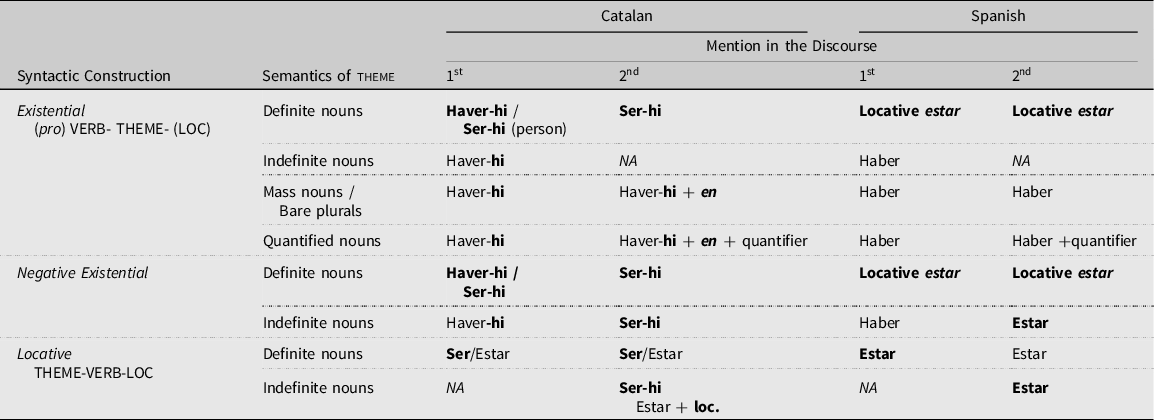
Indirect structural crosslinguistic influence in early Catalan–Spanish bilinguals in adulthood: Predicate selection in Catalan existential constructions, Applied Psycholinguistics
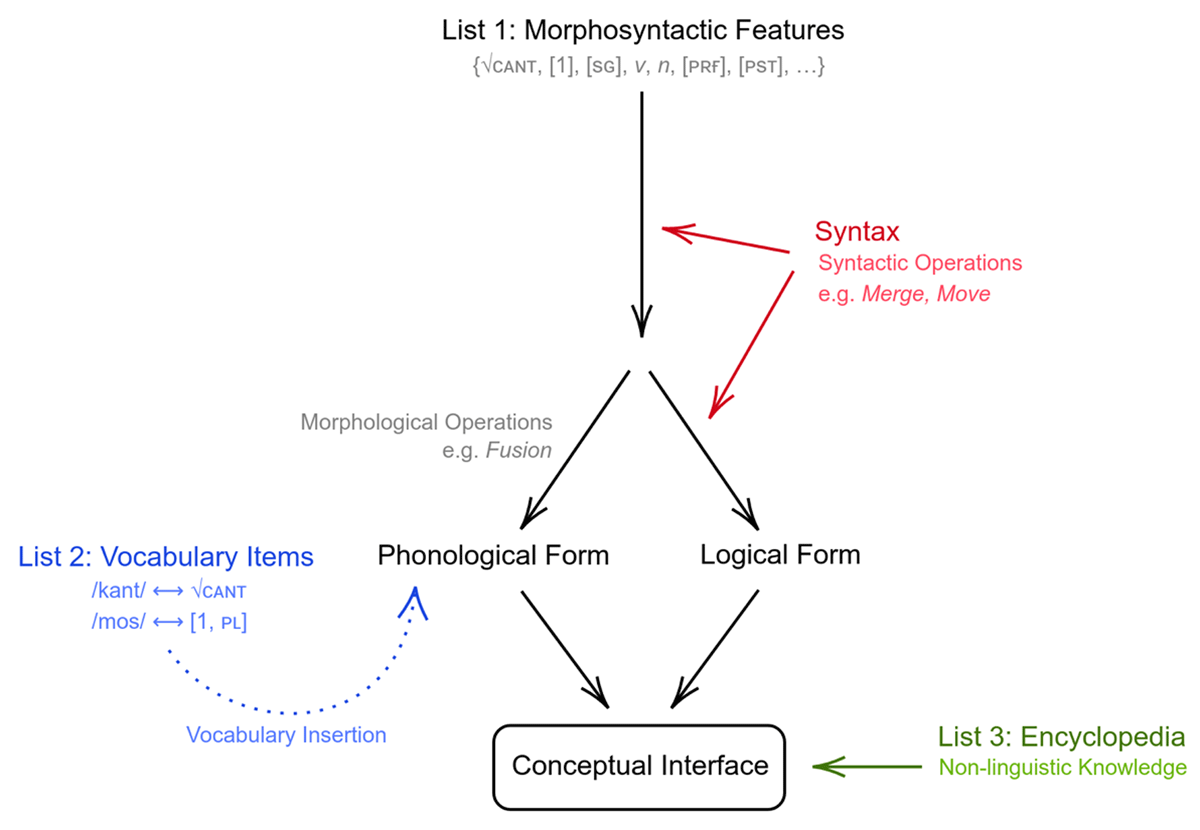
Araújo-Adriano, Implementing the U-shaped curve in Distributed Morphology and as a by-product of the third factor

Morphological and Syntactical Variation and Change in Catalan
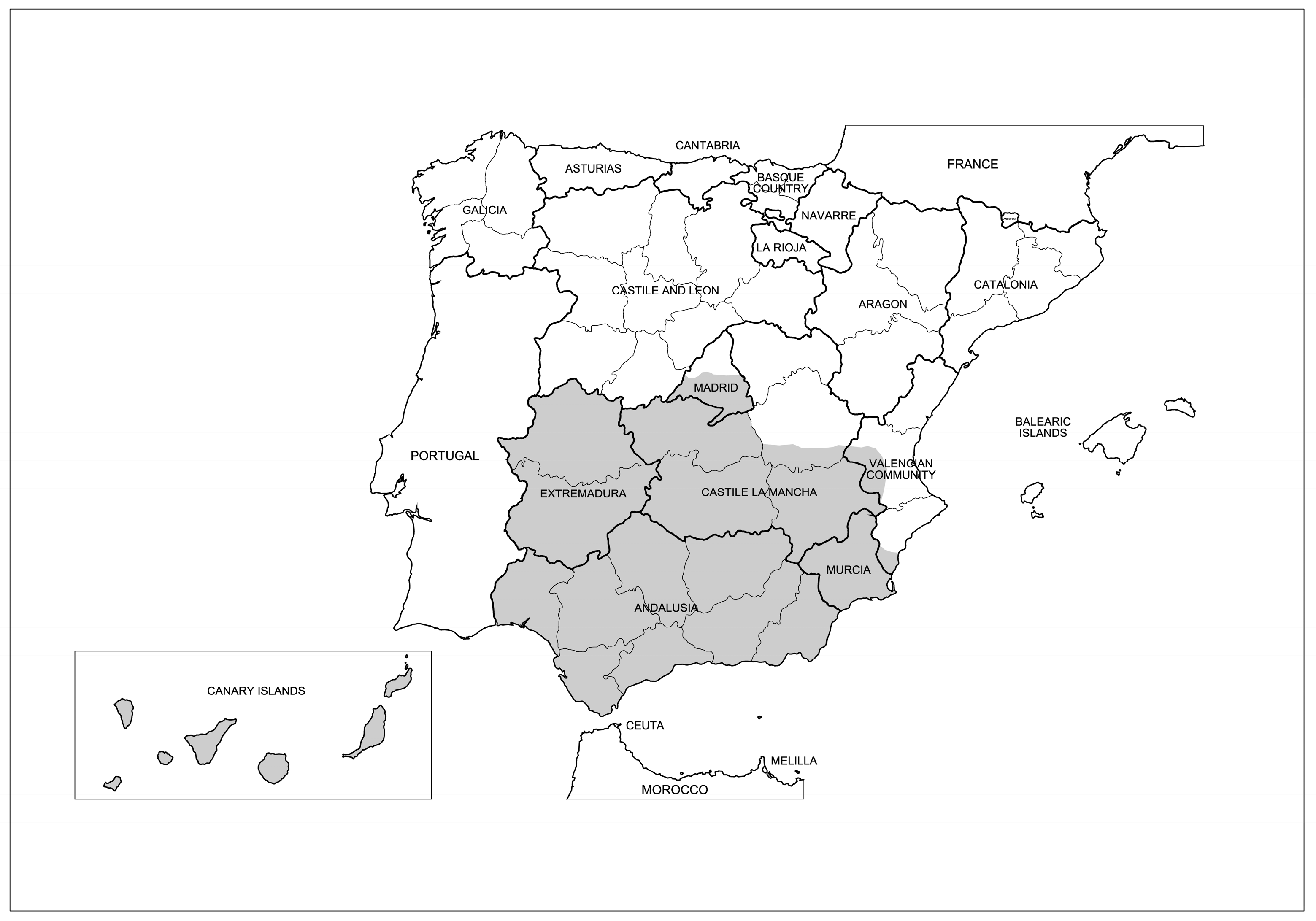
Languages, Free Full-Text

Catalan and spanish neuter pronouns in impersonal constructions: diachronic and dialectal variation

The SenSem Corpus: an annotated corpus for Spanish and Catalan with information about aspectuality, modality, polarity and factuality – topic of research paper in Languages and literature. Download scholarly article PDF and
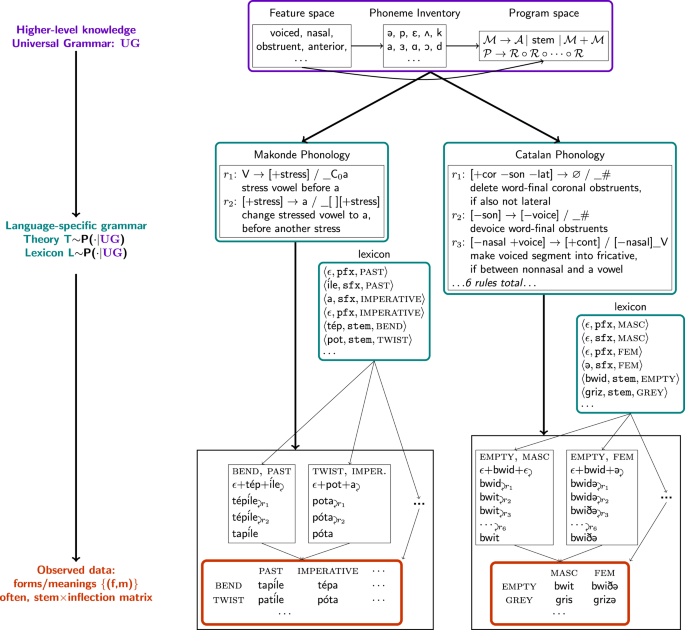
Synthesizing theories of human language with Bayesian program induction

Intonational variation in Minorcan Catalan: Towards a prosodic change? - ScienceDirect

Double Negation in Catalan and Spanish. Interaction Between Syntax and Prosody

Grammaticalization and Parametric Variation by Montserrat Batllori, 9780199272129, Hardcover
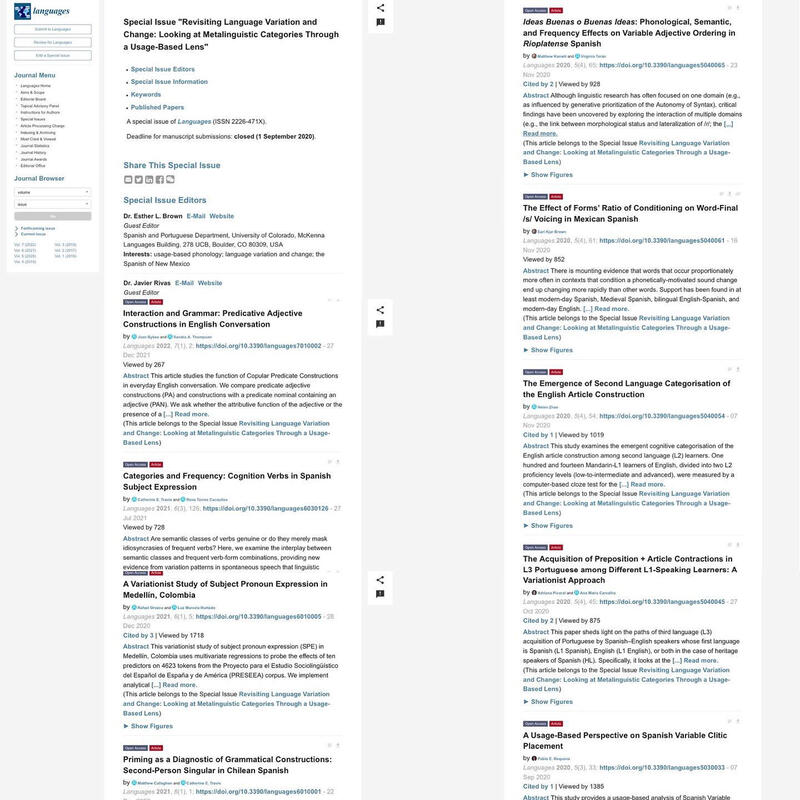
Updates

PDF) Catalan Morphology and Low-level Patterns in a Network Model

PDF] Metonymization as a key mechanism in semantic change

Globalising the study of language variation and change: A manifesto on cross‐cultural sociolinguistics - Adli - 2022 - Language and Linguistics Compass - Wiley Online Library
Recomendado para você
-
 Catalan language and culture courses - Spanish and Portuguese Studies31 março 2025
Catalan language and culture courses - Spanish and Portuguese Studies31 março 2025 -
 Do I need to know Catalan to study in Barcelona?31 março 2025
Do I need to know Catalan to study in Barcelona?31 março 2025 -
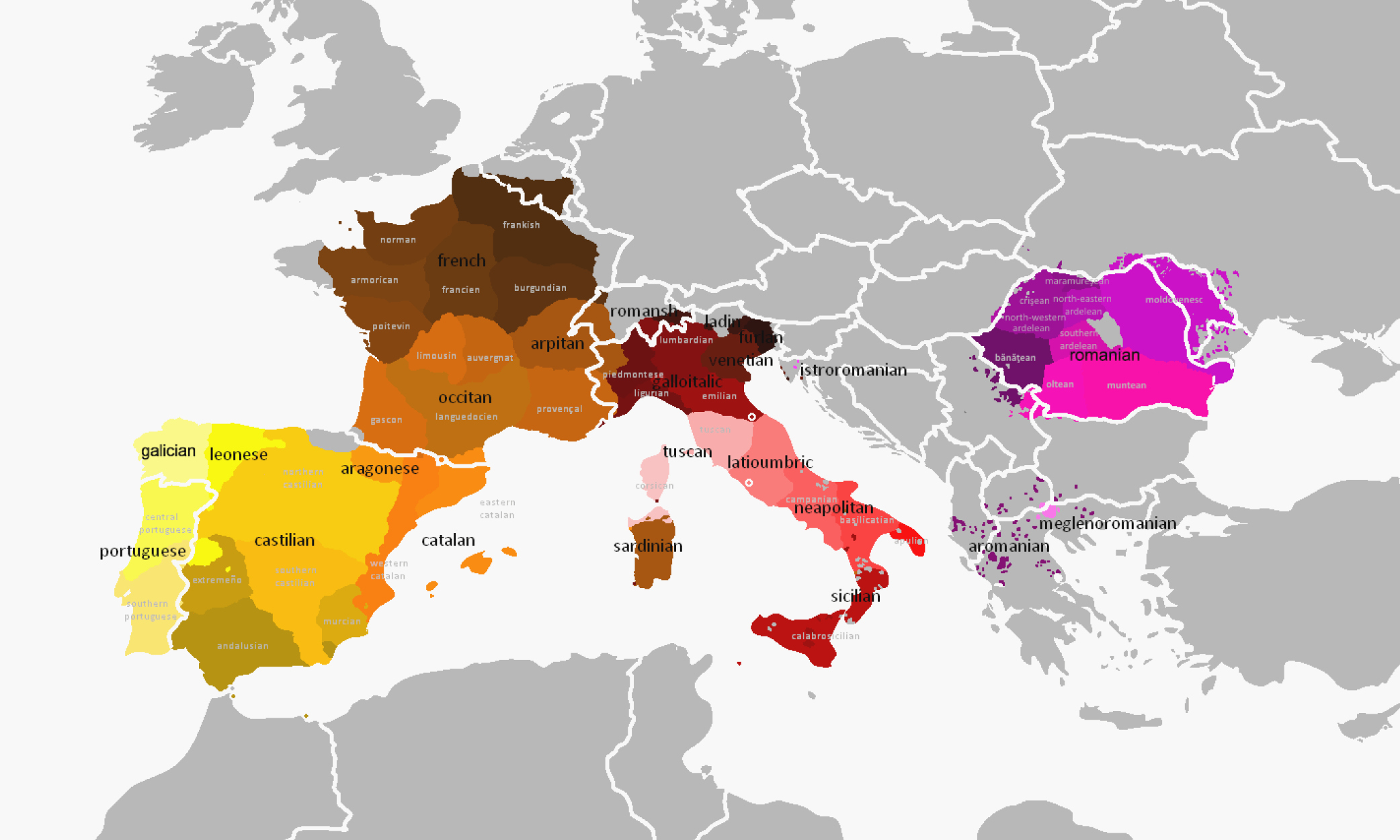 Do you speak Catalan? Parles Català?31 março 2025
Do you speak Catalan? Parles Català?31 março 2025 -
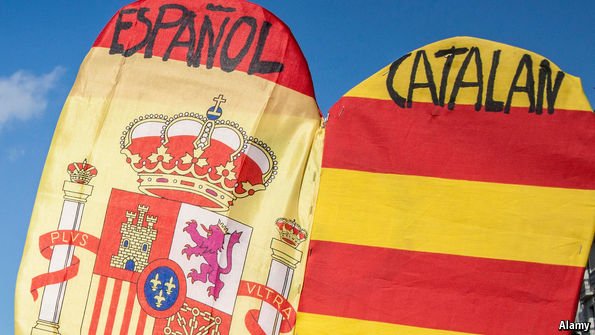 Catalonia's struggle to defend its language31 março 2025
Catalonia's struggle to defend its language31 março 2025 -
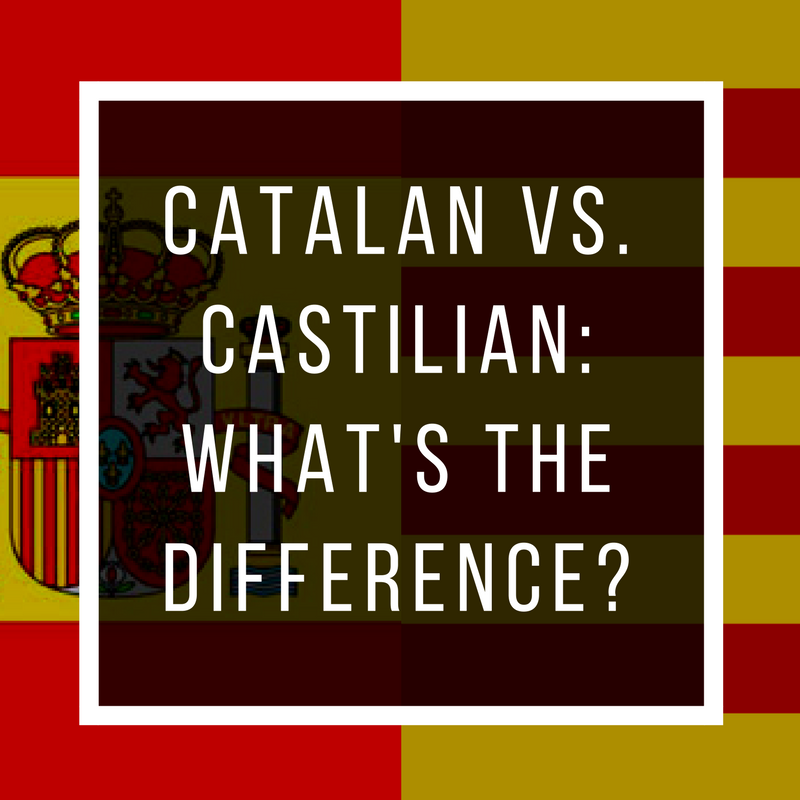 Catalan vs. Castilian: What's the Difference? - SuiteLife31 março 2025
Catalan vs. Castilian: What's the Difference? - SuiteLife31 março 2025 -
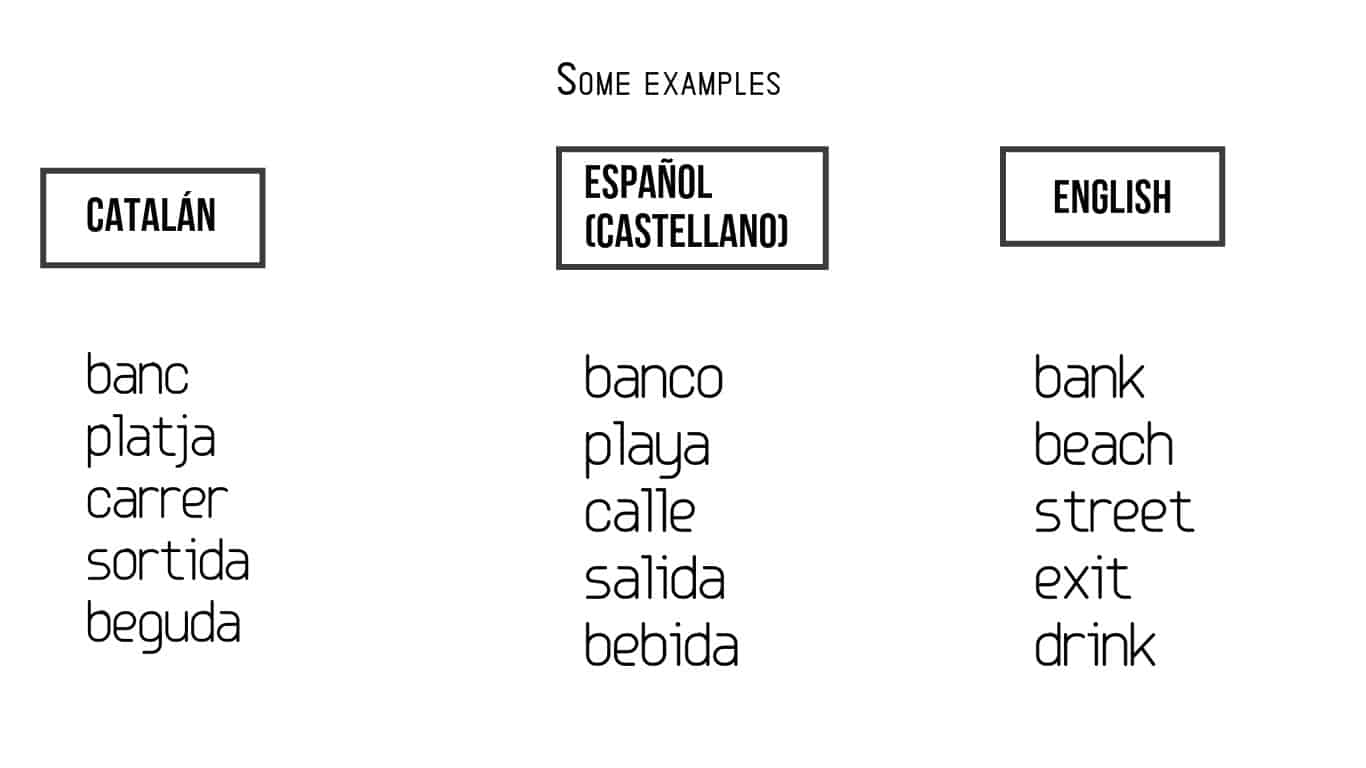 Catalan language resources – Language Links Database31 março 2025
Catalan language resources – Language Links Database31 março 2025 -
CATALÁN PALABRAS LINDAS - Apps on Google Play31 março 2025
-
 Catalan Sheepdog Dog Breed Information31 março 2025
Catalan Sheepdog Dog Breed Information31 março 2025 -
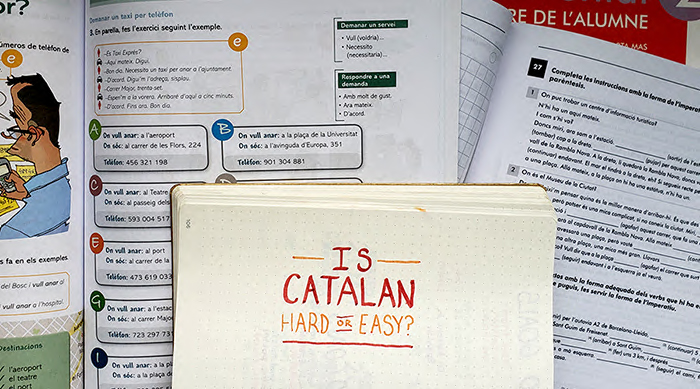 Is Catalan hard or easy to learn? (It depends.) - Relearn A Language31 março 2025
Is Catalan hard or easy to learn? (It depends.) - Relearn A Language31 março 2025 -
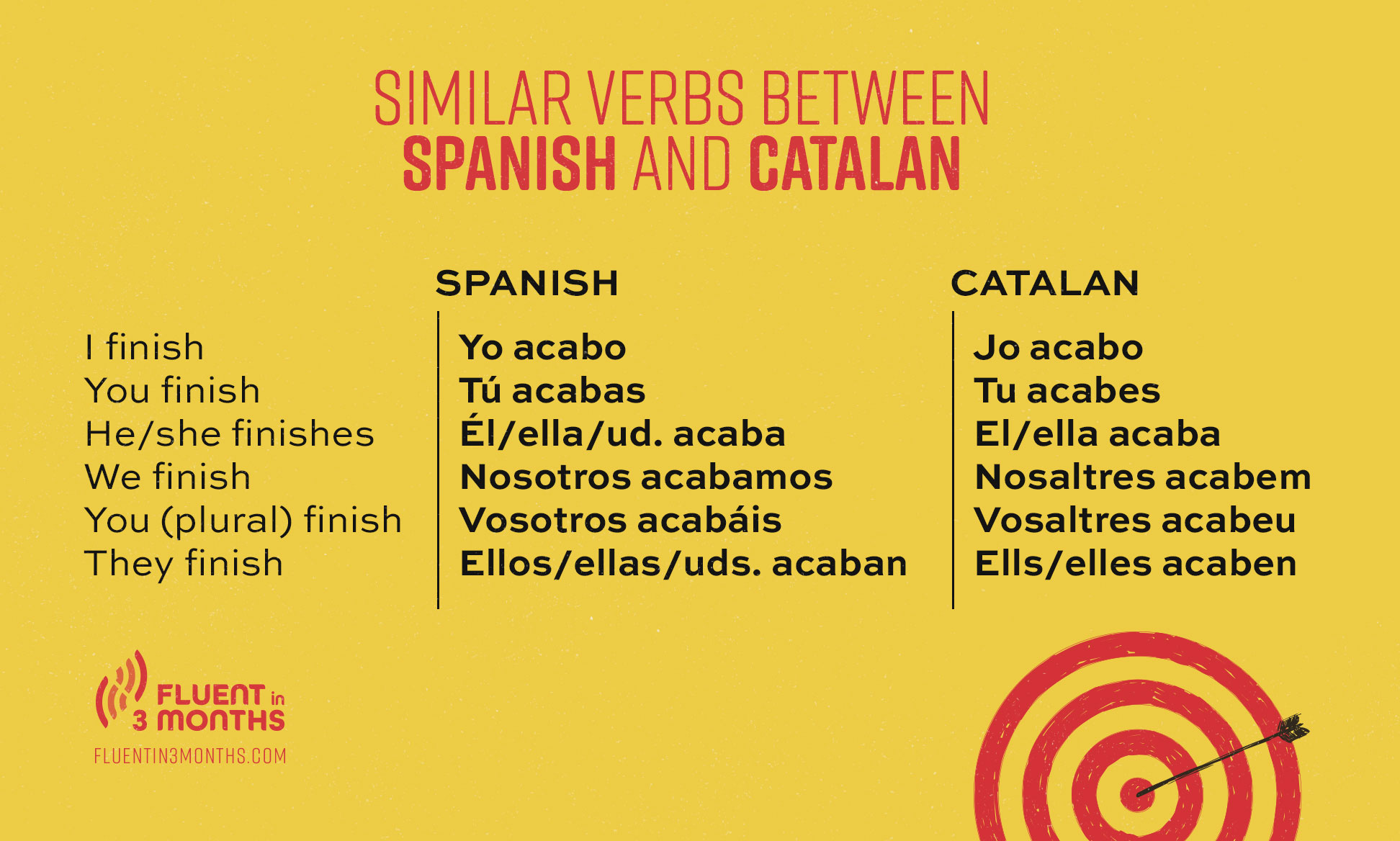 The Catalan Language: How to Learn Catalan Quickly » Fluent in 3 Months31 março 2025
The Catalan Language: How to Learn Catalan Quickly » Fluent in 3 Months31 março 2025
você pode gostar
-
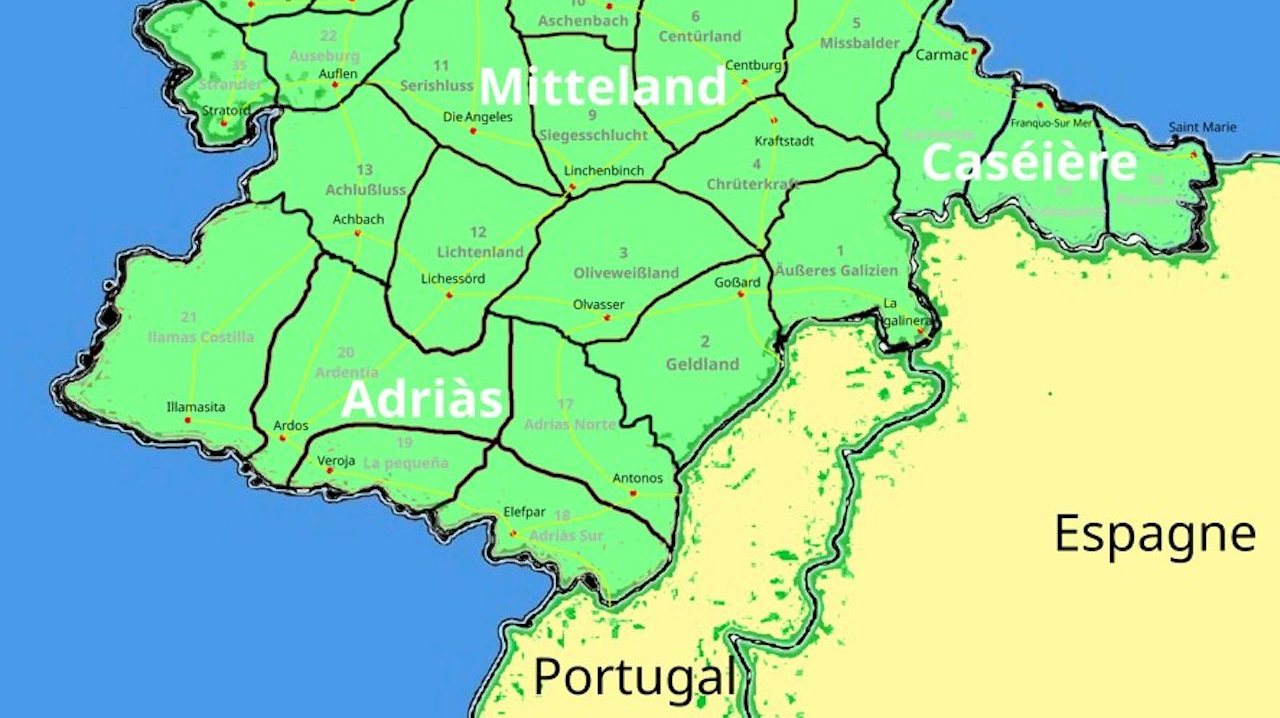 Listenbourg: o país imaginado junto a Portugal que está a dar que falar nas redes sociais – Observador31 março 2025
Listenbourg: o país imaginado junto a Portugal que está a dar que falar nas redes sociais – Observador31 março 2025 -
 Street Fighter 6 Character Guide and Tier List: Master the Roster31 março 2025
Street Fighter 6 Character Guide and Tier List: Master the Roster31 março 2025 -
 Dragon Ball Zenkai by Era Studios - Game Jolt31 março 2025
Dragon Ball Zenkai by Era Studios - Game Jolt31 março 2025 -
 Anime Stand Noragami Aragoto Yato Iki hiyori Acrylic Figure Display 15cm31 março 2025
Anime Stand Noragami Aragoto Yato Iki hiyori Acrylic Figure Display 15cm31 março 2025 -
 Banpresto Naruto DX Sakura Figure loose NO BOX31 março 2025
Banpresto Naruto DX Sakura Figure loose NO BOX31 março 2025 -
 Dire Straits Sultans Of Swing Electric Guitar Music Script Song Lyric Print - Song Lyric Designs31 março 2025
Dire Straits Sultans Of Swing Electric Guitar Music Script Song Lyric Print - Song Lyric Designs31 março 2025 -
 2006 Playmates Teenage Mutant Ninja Turtles Enemies Rat King (1A)31 março 2025
2006 Playmates Teenage Mutant Ninja Turtles Enemies Rat King (1A)31 março 2025 -
 Power Pop Bubble Shooter::Appstore for Android31 março 2025
Power Pop Bubble Shooter::Appstore for Android31 março 2025 -
 Johnny and Tusk act 4! by EfrenAri on DeviantArt31 março 2025
Johnny and Tusk act 4! by EfrenAri on DeviantArt31 março 2025 -
 Conjugação do Verbo Poder - Conjugação de Verbos31 março 2025
Conjugação do Verbo Poder - Conjugação de Verbos31 março 2025